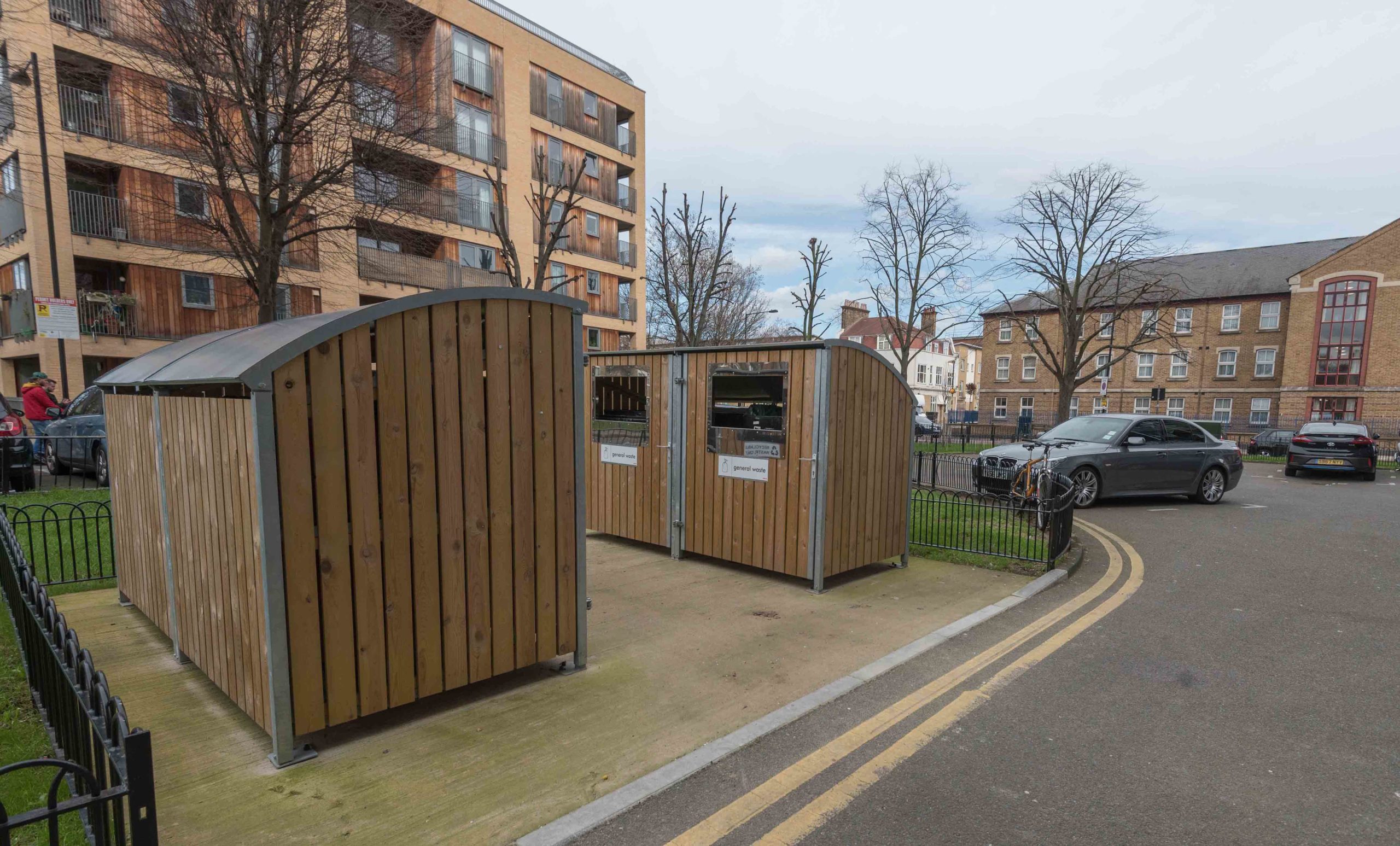It was 100 years ago that the Housing Act of 1919 – also commonly known as the Addison Act – laid down the foundation for council housing as we know it today. The beneficial impacts of this act are still being felt today, although there are now calls for another similar program to address the unprecedented levels of homelessness currently seen in the UK.
Before the act was created, nearly all UK housing was constructed by developers. However, after the end of World War I, the act was set up to provide funding for councils to tackle the slum estates that had developed. Referencing the soldiers who were returning from the war, the words of then-prime minister David Lloyd George spoke of providing “homes fit for heroes”. The act was named after Lord Christopher Addison, who was the minister for health and housing at the time and established state funding for councils to build 500,000 homes over a period of three years.
In reality, the act did not reach its targeted number of new homes, unfortunately, but many new estates were built and a blueprint for the idea of council housing had been set.
This concept of council housing should be applauded and celebrated for its vital role in tackling homelessness over the past 100 years in the UK. However, it could be argued that today there is an even greater need for a similar programme to address the unprecedented levels of homelessness now seen across the country. This situation has arisen due to the government failing to build in sufficient volume, particularly since the Right to Buy scheme was implemented in the 1980s.
Thankfully, it seems that this wish might just come true as the Housing Minister, Kit Malthouse, has stated in July 2019 that “Council housing is coming back with a vengeance” (login required to access report). Furthermore, he has described why growing numbers of councils are looking to get back into development and why he wants to reform the Right to Buy scheme.
Nevertheless, aside from the fundamental issue of the size of the housing stock, there is also the problem that many of these homes need investment to keep them safe, energy efficient and fit for life in the 21st century. metroSTOR is pleased to have been involved with many projects like this, having successfully installed more than 12,000 bin and scooter stores over the past 6 years.
In order to be fit for purpose, any new council housing that is being planned should give sufficient consideration to the quality provision of storage for waste and recycling bins, bikes and mobility scooters. When homes were designed in the past, the need for this storage barely existed and unfortunately, this has often led to compromises in fire safety.
Nowadays, this storage is an element that is frequently under-specified in order to reduce the build cost, without consideration of the impact that it will have on the cost of managing the properties in the longer term, including dealing with fly-tipping and bulky waste, as well as harming opportunities for recycling. Furthermore, social housing properties often have a relatively high proportion of residents with mobility issues and therefore getting these considerations right at an early stage can be life-changing for some.
metroSTOR provides a number of solutions to help tackle outside storage issues at social housing properties, with the primary considerations of reducing the risk of bin fire and scooter fire and also delivering safe, secure storage. These solutions include waste and recycling bin storage, cycle parking, outside storage units and storage for mobility scooters. Furthermore, these units can be equally well retrofitted to an existing property or included at the design stage of a new-build.
Please get in touch if you’d like to see how we can help you create social housing that is fit to last into the next 100 years after the Addison Act.
